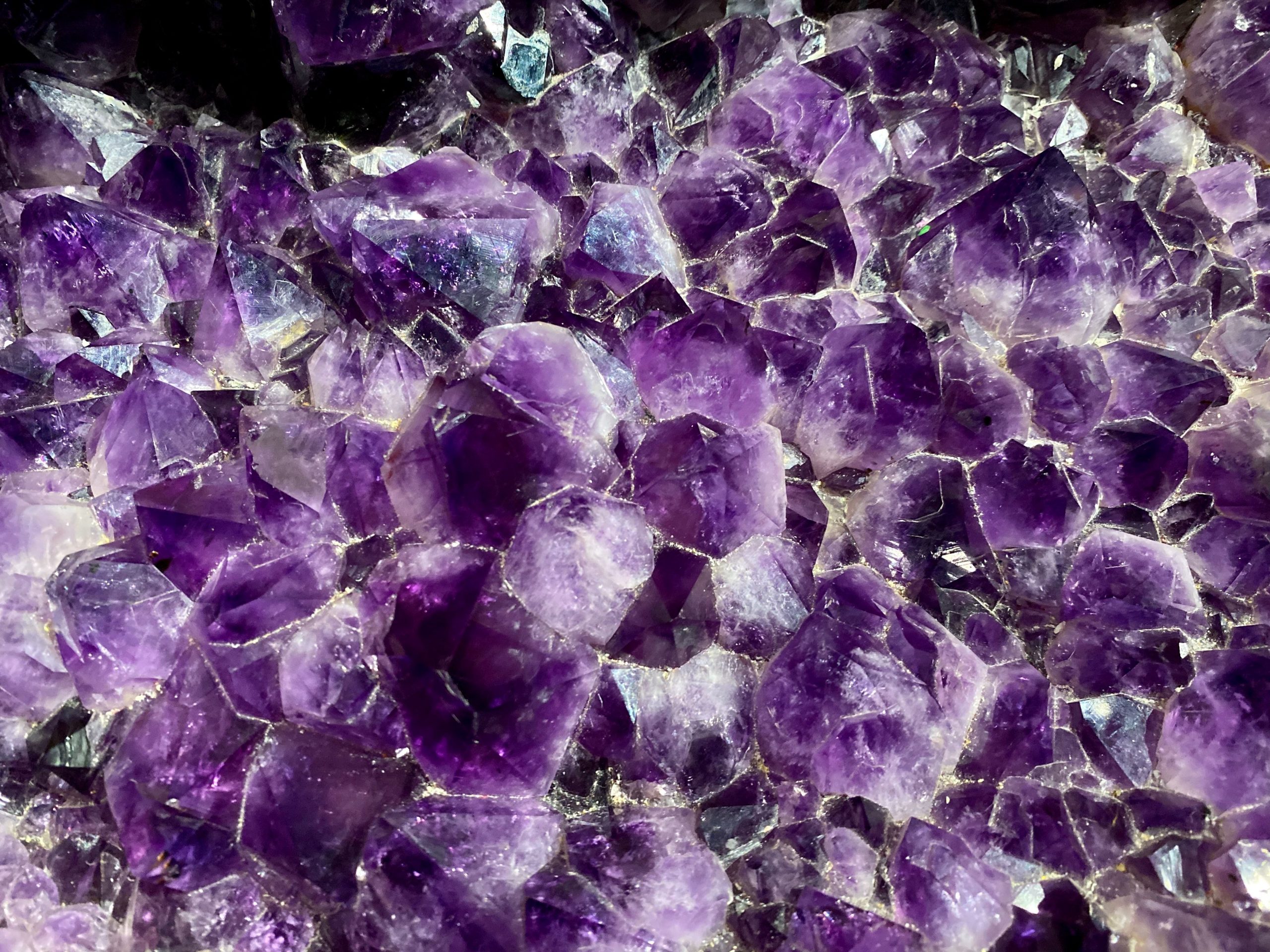A team of geologists are planning to break open an 830 million-year-old rock salt crystal that is said to contain ancient microorganisms that could still be alive.
The discovery of the ancient crystal was announced earlier this month by Geological Society of America researchers.
Also Read| All about the ship set to sail through the Bermuda Triangle
The scientists mentioned that they discovered tiny remnants of prokaryotic and algal life inside the halite crystal using a variety of imaging techniques.
Geologists believe the remnants have been preserved for millions of years within tiny, microscopic pockets of fluid within the crystal.
Also Read| Why mass killers kill: Psychology of the lone gunman on a spree
The organisms were encountered in the crystal inside microscopic bubbles known as fluid inclusions.
They could serve as microhabitats for the tiny colonies, according to the scientists.
According to the most recent reports, the geologists plan to crack open the crystal to see if their theories about ancient life are correct.
Also Read| Why Elon Musk relating to Dr Manhattan may not be good news for earth
The scientist stated that the work will be done with extreme caution because reintroducing an 830-million-year-old life form into the modern world may not be entirely safe.
Study author Kathy Benison told NPR –
Also Read| Why Walmart had to pull ‘Juneteenth’ ice cream product sale
“It does sound like a really bad B-movie, but there is a lot of detailed work that’s been going on for years to try to figure out how to do that in the safest possible way. There are little cubes of the original liquid form from which that salt grew. And the surprise for us is that we also saw shapes that are consistent with what we would expect from microorganisms. And they could be still surviving within that 830-million-year-old preserved microhabitat.”
On May 11, the discovery of the crystal was first reported in the journal Geology.







